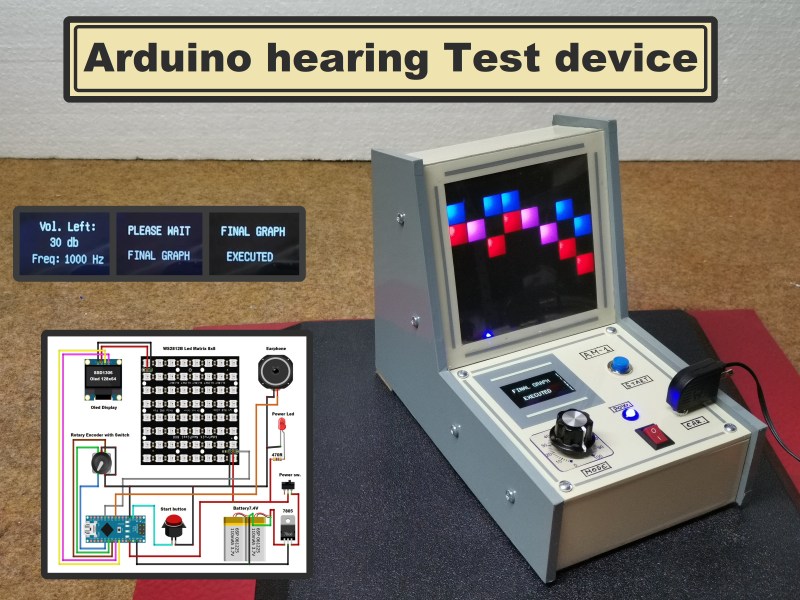A person who is deaf can’t hear sound, but that doesn’t mean they can’t feel vibrations. For his Hackaday Prize entry, [Alex Hunt] is developing the Shakelet, a vibrating wristband for that notifies hearing impaired people about telephones, doorbells, and other sound alerts.
To tackle the difficulty of discriminating between the different sounds from different sources, [Alex’s] wants to attach little sound sensors directly to the sound emitting devices. The sensors wirelessly communicate with the wristband. If the wristband receives a trigger signal from one of the sensors, it alerts the wearer by vibrating. It also shows which device triggered …read more
 Continue reading Hackaday Prize Entry: Shakelet→
Continue reading Hackaday Prize Entry: Shakelet→
